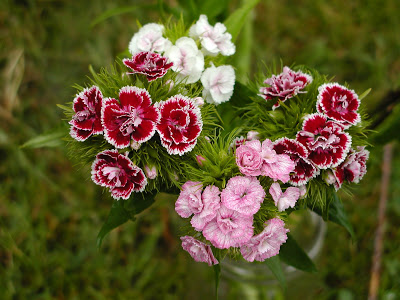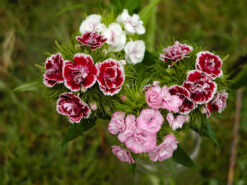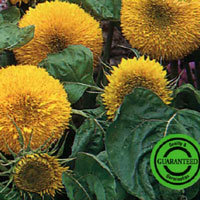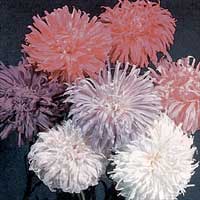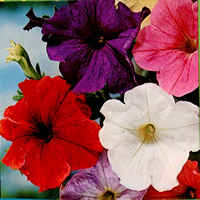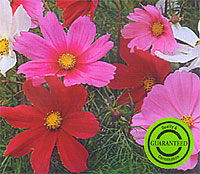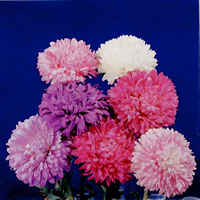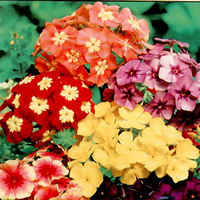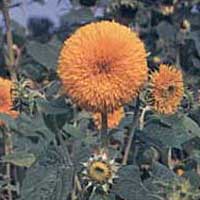Dianthus Super Duflex Mixed
Family
Caryophyllaceae
Botanical Name
Dianthus barbatus ‘Super Duplex Mix'( SUPER DUPLEX SERIES)
Plant Common Name
Super Duplex Mix Sweet William, Sweet William
Special Notice
This entry has yet to be reviewed and approved by L2G editors.
General Description
Originally native to southern Europe, sweet william is a short-lived perennial which is commonly treated as an annual or biennial. Beloved for its bright clusters of lightly scented flowers borne in summer, this old fashioned favorite self-sows readily to form charming colonies, ensuring its long-lived presence in the garden. Much hybridization has occurred to broaden the range of flower and leaf colors of sweet william, as well as to intensify its fragrance.
Typically blooming in the second season from sowing, sweet william produces dense, flat-topped clusters of single, disk-like flowers from late spring through midsummer. The small, mildly fragrant blossoms have fringed edges, and appear in various solid and bicolor shades of white, pink, red, lavender, purple and rose, often with a lighter colored central eye. They rise amid clumps of flat, lance shaped, semi-evergreen leaves, and are visited by bees and butterflies.
Plant sweet william in full to part sun and average, well-drained, neutral to alkaline soil. Provide with more shade in areas with very hot summers. Prompt removal of spent flower stems encourages heavier reblooming, however, they should be allowed to reseed if more plants are desired. New seedlings tend to “pop up” surprisingly in nooks and crannies of the garden, and frequently result in different, uniquely colored flowers. This cottage garden classic is at home in casual, well-drained beds and borders, and makes an effective and long-lasting cut flower.
| Weight | 0.001 kg |
|---|



 Tiếng Việt
Tiếng Việt Francais
Francais
